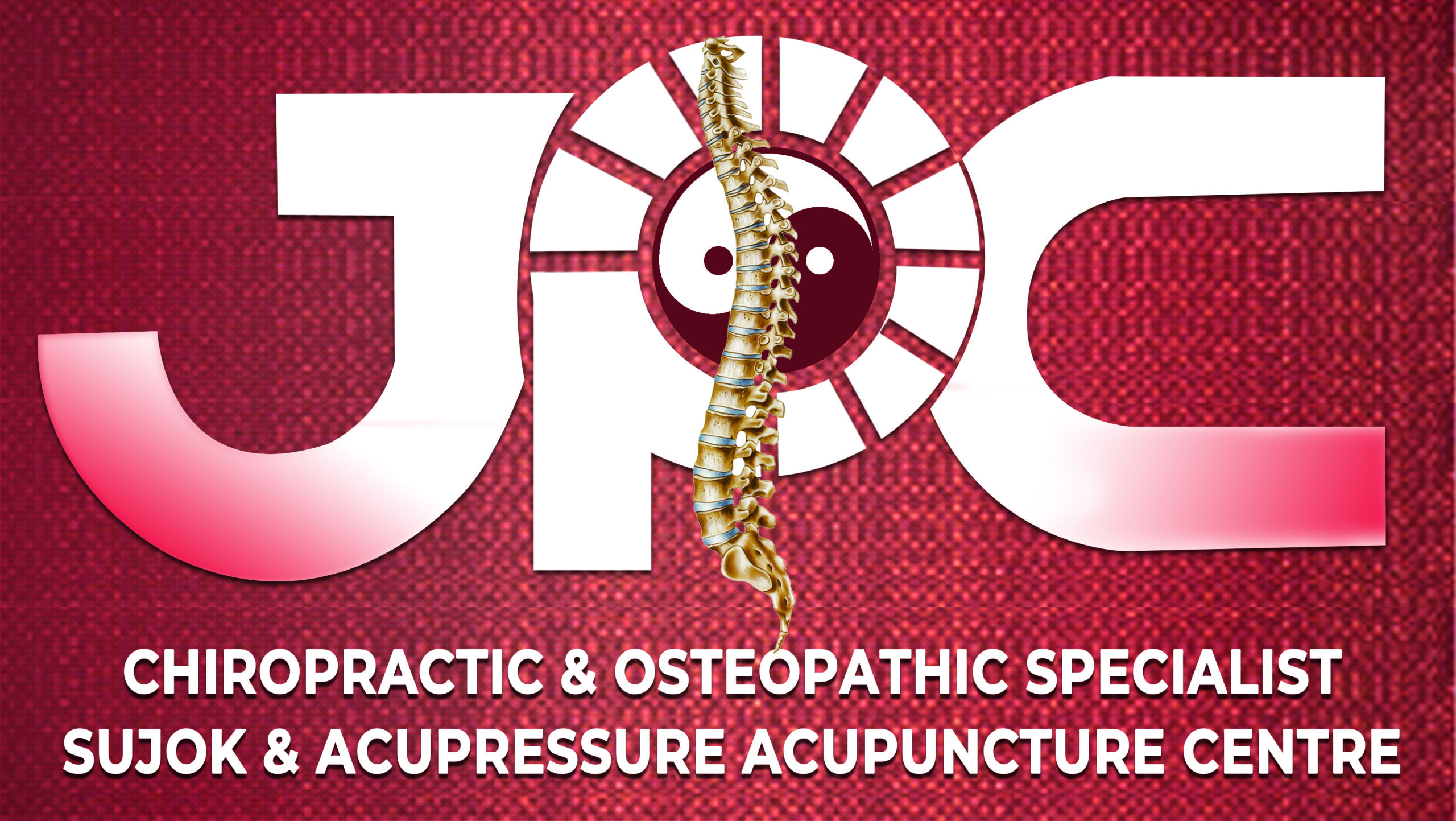**Knee Sprain:**
1. Introduction to Knee Sprains:
– Definition and description of knee sprains.
– Understanding the anatomy of the knee joint.
– Common causes and risk factors for knee sprains.
2. Types of Knee Sprains:
– Medial Collateral Ligament (MCL) Sprain: Injury to the ligament on the inner side of the knee.
– Lateral Collateral Ligament (LCL) Sprain: Injury to the ligament on the outer side of the knee.
– Anterior Cruciate Ligament (ACL) Sprain: Injury to the ligament in the center of the knee.
– Posterior Cruciate Ligament (PCL) Sprain: Injury to the ligament in the back of the knee.
3. Symptoms of Knee Sprains:
– Pain, tenderness, and swelling around the knee joint.
– Restricted movement and difficulty bending or straightening the knee.
– Instability or feeling of giving way in the knee.
– Bruising or discoloration of the skin around the knee.
4. Causes and Risk Factors:
– Sudden twisting or bending motions of the knee.
– Direct impact or trauma to the knee.
– Sports-related activities or athletic injuries.
– Weak or imbalanced thigh muscles.
– Previous history of knee sprains or ligament injuries.
5. Diagnosis of Knee Sprains:
– Evaluation of symptoms and medical history.
– Physical examination of the knee joint.
– Special tests, such as stress tests or imaging studies (MRI, X-rays), to assess ligament damage.
6. Treatment Options:
– Non-Surgical Treatment:
– Rest, ice, compression, and elevation (RICE) to reduce pain and swelling.
– Pain medications and anti-inflammatory drugs.
– Use of knee braces, splints, or crutches for support and immobilization.
– Physical therapy exercises to strengthen the knee and improve range of motion.
– Application of heat, ultrasound, or electrical stimulation for pain relief.
– Surgical Treatment (in severe cases):
– Reconstruction or repair of the damaged ligament.
– Arthroscopic surgery to assess and treat other structures in the knee joint.
7. Rehabilitation and Recovery:
– Gradual return to weight-bearing activities and sports.
– Physical therapy to restore knee strength, stability, and flexibility.
– Balance and proprioception exercises to improve joint control.
– Modification of activities to prevent re-injury.
– Use of supportive devices (knee braces, orthotics) as needed.
8. Prevention of Knee Sprains:
– Proper warm-up and stretching before physical activity.
– Strengthening exercises for the thigh muscles.
– Using proper footwear and protective gear during sports or high-impact activities.
– Avoiding excessive twisting or sudden movements of the knee.
– Listening to the body and taking breaks when fatigued.
It’s important to note that the information provided here is for educational purposes only and should not replace medical advice. If you suspect you have a knee sprain or are experiencing symptoms, it’s crucial to consult with a healthcare professional for accurate diagnosis, personalized advice, and appropriate treatment options.




